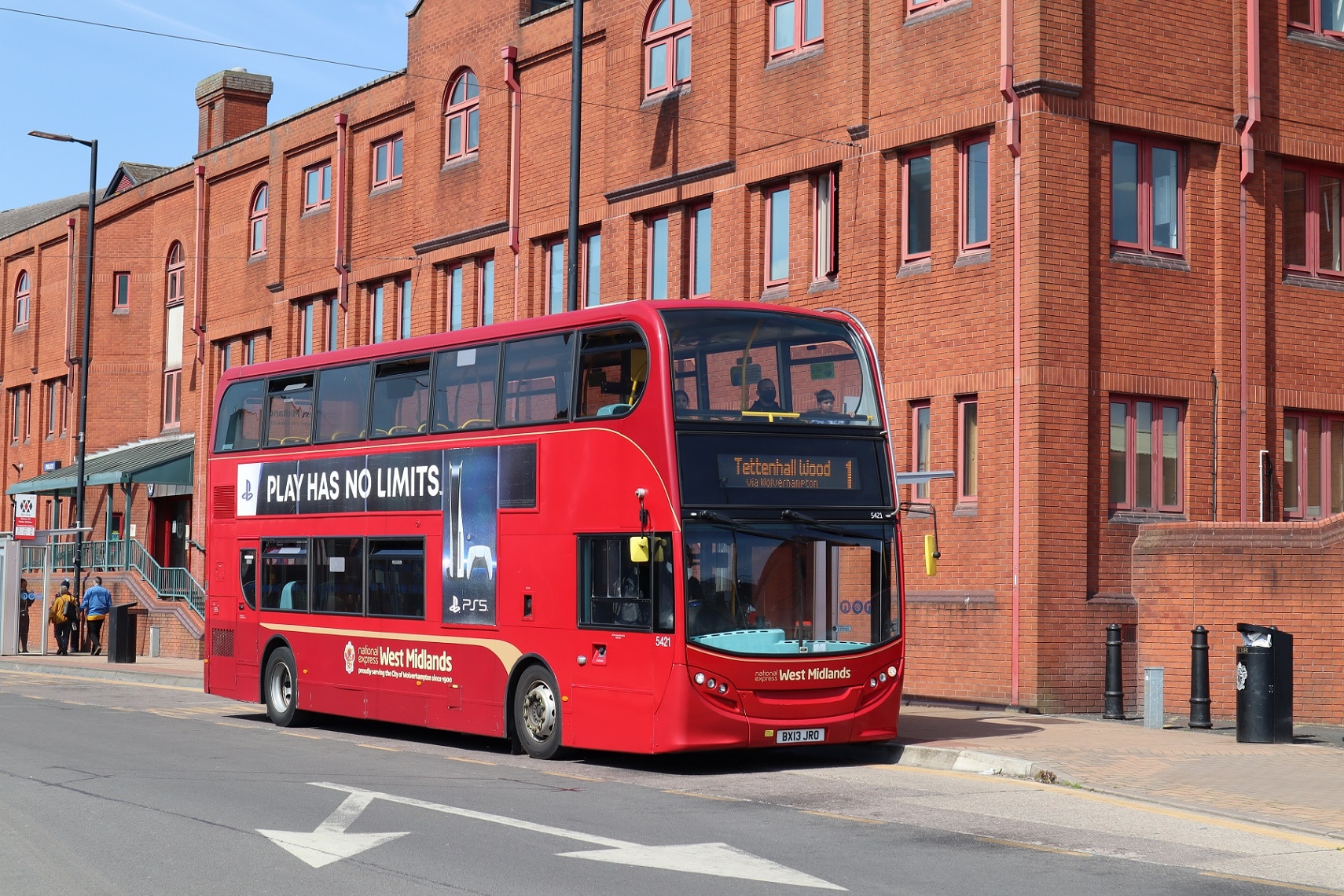As 2021 unfolds, a key issue confronting the bus industry will increasingly be the deliverability of the National Bus Strategy for England. It has been out less than two months, and already the deadline by which local transport authorities (LTAs) must decide whether to adopt franchising or an Enhanced Partnership route for their areas is just six weeks away.
Indeed, the deadline for producing Bus Service Improvement Plan (BSIP) content is just five and a half months away. They are absurdly tight deadlines, and I can’t for the life of me understand what the rush is all about.
Bus Service Improvement Plan work ‘may fall short’
At the heart of the issue is funding, as ever. The strategy is high on aspiration and ambition but somehow low on funding.
I fear that there is a real mismatch here, and I also fear that when we come to assess the success of individual BSIPs we may find that they have fallen short – not because LTAs were lax or inefficient, but simply because the funding that each LTA was allocated by the Department was insufficient to delivery on either the aspirations of the BSIPs or of the Strategy itself. Time will tell, but I sense that my pessimism is shared by operators and LTAs alike.
The ability of LTAs to delivery their BSIPs may also be hampered by the outcome of local elections last week. Several councils have changed political control and we have a large number of new councillors, all of which might have an impact on a council’s capacity to progress the development of its BSIP as it takes a while for new local authorities to settle in, for policy portfolios to be allocated and all the rest.
Bus Service Improvement Plan timetable: Too tight?
I don’t want to overstate this, but political change and the election of a plethora of new councillors can too easily have a disruptive impact in the short term. It is another reason why I simply don’t understand why the timetable for the development and implementation of BSIPs is so tight.
For Westminster watchers like me, these elections should have been fascinating. Having been in power for 11 years, the Conservative Party should have got a real drubbing. It did not. On the contrary – the astonishing result in the Hartlepool by-election – a seat that the Conservatives have never previously held, and let’s remember that this was Peter Mandelson’s constituency when the Labour Party was at the height of its popularity – and in the Tees Valley mayoral election suggest that the Labour Party is in danger of extinction, at least in England and Scotland.

The Conservatives have picked up an extra 235 councillors and taken control of an additional 13 councils. Labour lost 326 councillors and control of eight councils.
Labour should really have won the West Midlands mayoralty, especially as in Liam Byrne it had a very good candidate, but Andy Street, the incumbent Conservative, actually increased his majority.
Across the Midlands and the North, the Conservative councillors were elected to councils where the party had previously had either no councillors at all, or only a few.
Vaccine success contributing to Conservative popularity?
It is striking that in all three countries the incumbent government performed strongly, with Labour in Wales bucking the trend in England and Scotland, although I am sure that Nicola Sturgeon will be disappointed that the SNP did not get an overall majority in the Scottish Parliament, whatever she may say in public.
Some commentators suggest that this is largely because of the success of the rollout of the vaccine programme. While that may be a factor, I think there is something much more fundamental in play. In fact, there are so many factors that it is impossible to capture them all here.
It certainly seems clear that there is something about Boris Johnson’s persona that resonates with the core vote. All the recent stories of Tory sleaze, questions over who paid for the refurbishment of his Downing Street flat and so on simply did not impact on voters, who are much more concerned about jobs, investment and paying the mortgage. Boris Johnson understands that.
More National Bus Strategy money later?
I also suspect that his appeal has more to do with the fact that his approach is more transactional than ideological. You only need to look at his desire to invest and spend in a way that has some traditional conservatives in a state of high alarm to appreciate that Boris Johnson’s “levelling up” agenda has an appeal that voters engage with.
The problem for Boris Johnson now is that he had better deliver on this agenda, and fast, if those ‘red wall’ constituencies’ newly found love affair with the Conservative Party is to become a permanent marriage.
And actually, investment in good public transport, including buses, is an integral part of this agenda. I sense that the Chancellor of the Exchequer is going to have to find a great deal more money to support the aspirations of the National Bus Strategy than is currently on the table.
Labour in trouble after Hartlepool by-election disaster
All the talk now is about what happens to the Labour Party. Indeed, some are even asking: What is the point of the Labour Party? The traditional view that Labour was a party of the poor and the working class, and that the Conservative Party was for the rich and privileged, no longer holds (even assuming that was ever really the case, at least for the last half century).
All the evidence suggests that the Conservatives are actually more popular than Labour among people on low incomes. For me, the problem for Labour is that it is either a party of the hard left or of the metropolitan elite, but it cannot represent both, and so it can only ever appeal to one part of its support base.
The Labour Party was set up in the late 19th century to represent organised labour, but those days, in truth, are long gone. It is a sobering thought that only three Labour leaders have won majorities at elections. Take away Tony Blair and the party has not won a solid majority for over 50 years.

























